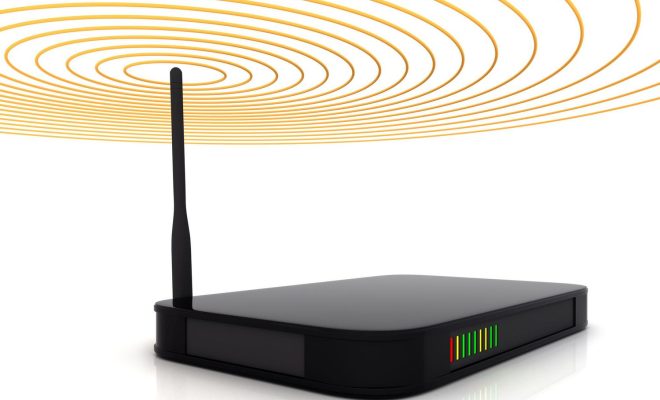Simple Steps to Save a JPEG File in GIMP

GIMP is a free and open-source image editing software that enables users to manipulate their images to achieve their desired outcomes. Saving a JPEG file in GIMP might seem like a basic operation, but for novice users, it could be quite daunting. In this article, we will outline simple steps to save a JPEG file in GIMP.
Step 1: Open the Image
The first step to save a JPEG file in GIMP is to open the image that you wish to save. Once you have loaded the image, you can proceed to the next step.
Step 2: Choose the Export Option
To save the image as a JPEG file, you have to choose the ‘Export’ option. Hover over the ‘File’ tab in the top left corner of your screen and then select ‘Export.’
Step 3: Choose the JPEG Format
When the ‘Export Image’ window pops up, you will need to select the JPEG format from the list of options. You can find the option by scrolling down to the bottom of the list.
Step 4: Configure the Export Settings
After selecting the JPEG format, you can proceed to configure the export settings. You can adjust the quality of the image and the file size by moving the slider on the right-hand side of the screen. Additionally, you can rename the file and specify the location you want to save the file in.
Step 5: Save the File
Once you have configured the export settings, you can proceed to save the file by clicking on the ‘Export’ button in the bottom right corner of the screen. If you have made any mistakes, you can always go back and modify the export settings.
Conclusion
Saving a JPEG file in GIMP is a quick and straightforward process. All you need to do is to ensure that you have your image file open, choose the export option, select the JPEG format, configure the export settings, and finally save the file. As you get accustomed to the process, you’ll find that it becomes second nature, and you can save your JPEG files in GIMP quickly and effortlessly.





